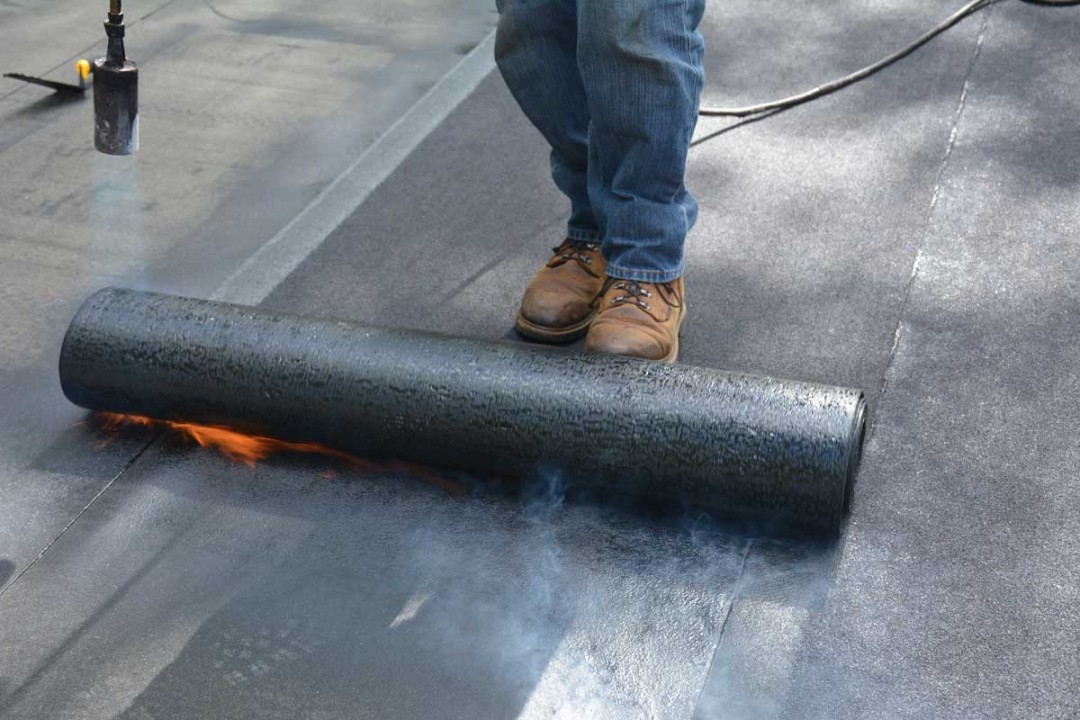
It’s impossible to say enough about how important reliable waterproofing solutions are in Bangladesh. Their buildings and infrastructure are always changing. First Tech BD is the best waterproofing company in Bangladesh. And is a leader in this field. With a dedication to greatness, state-of-the-art tools, and a skilled staff, First Tech BD has become known for providing top-notch waterproofing services.
As the best waterproofing company in Bangladesh, First Tech BD has earned its title. This company has a combination of knowledge, cutting-edge technology, and a dedication to complete customer happiness. Their team has a wealth of information about how to deal with the many problems. That the country’s climate and geography cause. With the help of cutting-edge technology, the company offers waterproofing options that work and last. First Tech BD is known as the best company in Bangladesh for reliable and long-lasting protection solutions. Because it strictly controls quality and puts the needs of its customers first.
First Tech BD has a team of experienced workers who know a lot about waterproofing technologies. The company has always shown that they have a deep knowledge of the different problems. That is the climate and geography of Bangladesh’s cause. This lets them make their solutions fit the needs of each project. With their expertise in waterproofing material, First Tech BD is able to provide tailored solutions to combat the unique challenges posed by Bangladesh’s climate and geography. Their understanding of water penetration issues in the region allows them to efficiently and effectively protect structures from potential damage. By utilizing their knowledge of waterproofing solution, First Tech BD ensures that their solutions are durable and long-lasting.
First Tech BD’s success is due to its constant dedication to staying on the cutting edge of new technologies in the crystalline waterproofing business. Today’s cutting-edge materials and new methods used by the company ensure long-lasting security against water damage. First Tech BD uses the newest technologies. Such as advanced membrane systems and specialized seals, to make sure that their waterproofing solution lasts and works well. Their commitment to using the latest waterproofing chemical is evident in the quality and durability of their products. By staying ahead of the curve, First Tech BD is able to provide customers with top-of-the-line crystalline waterproofing solutions that effectively protect against water intrusion.
At First Tech BD, quality is the most important thing that they do. Throughout the entire roof waterproofing process, from material selection to solution application, the company maintains strict quality control measures. This dedication to quality makes sure that customers get roof waterproofing solutions that are strong and last a long time. However, despite our best efforts, there may be instances where water leakage occurs due to unforeseen circumstances. In such cases, our team is always ready to quickly address the issue and provide a prompt solution to ensure the problem is resolved efficiently. Customer satisfaction is our top priority, and we strive to exceed expectations in all aspects of our services, including addressing any water penetration concerns that may arise.
Proper waterproofing can contribute to energy efficiency by preventing water infiltration that can compromise insulation. This helps maintain a more consistent temperature within the building, reducing the need for excessive heating or cooling. In addition to energy efficiency, proper waterproofing also helps prevent water leakage which can cause damage to the building structure and potential health hazards from mold growth. It is important to regularly inspect for any signs of water infiltration and address any issues promptly to ensure a safe and healthy environment.
There are a lot of reasons why First Tech BD is the best waterproofing company in Bangladesh. Their unwavering dedication to quality and team of seasoned professionals give them a level of knowledge. That is unmatched in the field. Because the company wants to stay on top of technology changes. They can use cutting-edge solutions that protect against water damage for a long time. First Tech BD always provides reliable and long-lasting waterproofing solutions. They offer a wide range of services. These are designed to meet the specific needs of each project. Their transparent processes and growing list of satisfied customers demonstrate that customer satisfaction is central to their operations. To put it simply, First Tech BD is the best waterproofing company in Bangladesh. Because it combines experience, new ideas, and a focus on the customer.
First Tech BD is the best waterproofing company in Bangladesh. Thanks to its use of cutting-edge technology . As Bangladesh’s construction industry changes, First Tech BD stays ahead of the curve. The company makes sure that buildings are made to last and also protected from the problems that water can cause.
The primary use of waterproofing is to create a protective barrier against water infiltration on various surfaces, including roofs, walls, foundations, and basements. By preventing water from seeping into structures, waterproofing safeguards them from moisture-related issues such as leaks, dampness, mold growth, and structural deterioration. Waterproofing is essential for maintaining the integrity of buildings, improving energy efficiency, and promoting a healthier indoor environment.
The best type of waterproofing depends on the specific needs and characteristics of the project. Liquid waterproofing membranes offer versatility and ease of application, suitable for irregular surfaces. Bituminous coatings provide cost-effective protection, ideal for infrastructure projects. Cementitious waterproofing is well-suited for below-grade structures. Evaluating factors like surface type, environmental conditions, and budget will help determine the most suitable waterproofing method.
The method of waterproofing involves applying specialized materials or membranes to surfaces like roofs, walls, and foundations to create a barrier against water infiltration. Various techniques, including liquid coatings, bituminous membranes, and cementitious coatings, are used based on the specific requirements of the project and the type of surface being treated.
Waterproofing is a technique used to establish a chemical and corrosion barrier that keeps items or characteristics out of the water. A combination of diverse chemical compounds called waterproofing chemical is used to assist resistance against leaks and boost the longevity of the finished product.